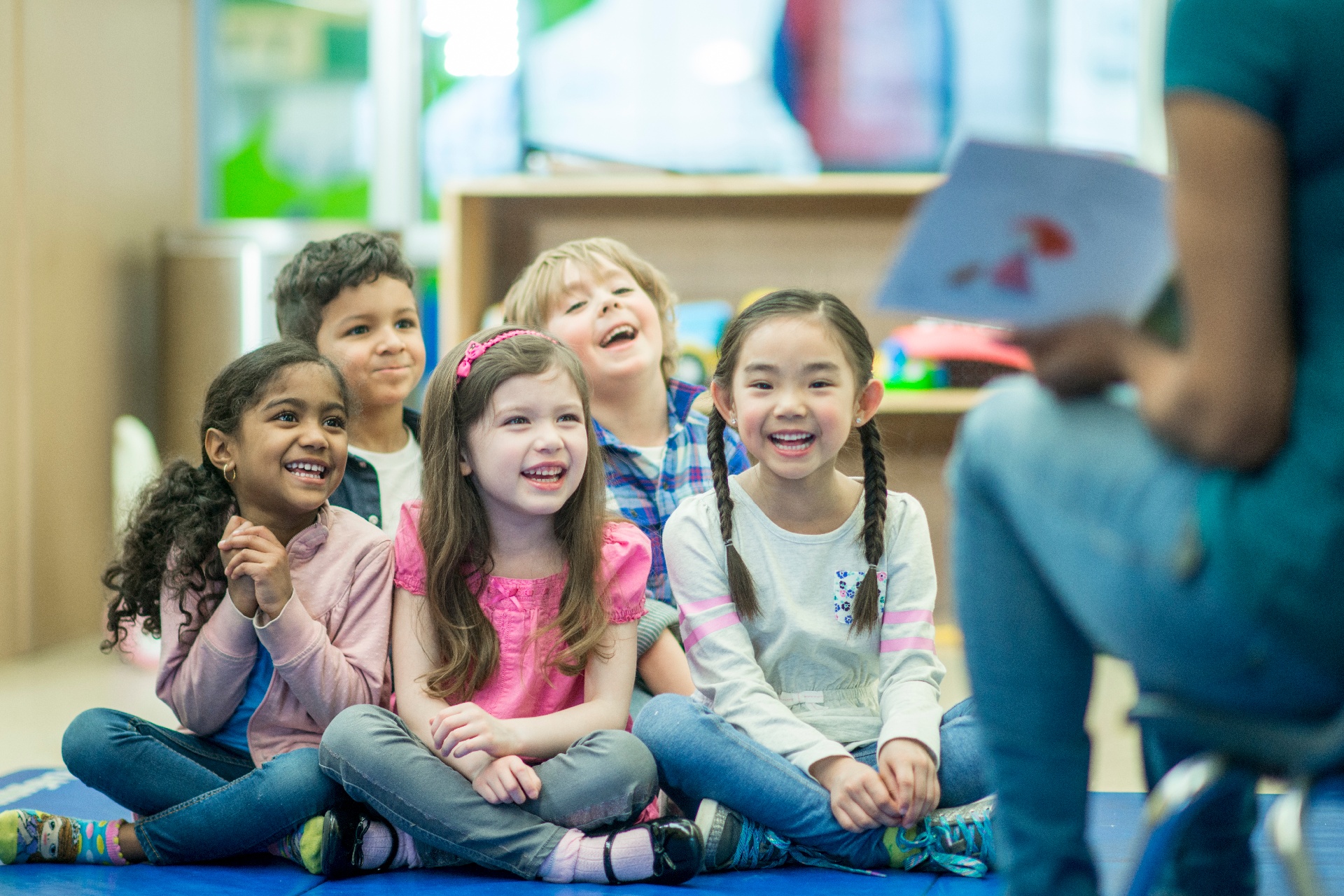Let's Get Ready For Some Innovation!
We know we’re a safety company, but we love technology in the classroom. At Badge Messenger, we believe that technology and education go hand in hand. By implementing new technology in the classroom, we know you can easily set your students apart from the pack. In today’s competitive world, we condone any classroom technology that can get you ahead. But what new tech is out there? Sometimes it’s hard to find and at other times it might be so cutting edge that it hasn’t hit any news outlets or teacher’s publications. That’s why we took the time to pick out our favorites, so we could tell you about them. Keep an eye out for this new tech in education and you’ll go far.
Cloud Computing in a Data-Driven World
Classroom technology has come a long way. Most teachers will remember a time when the only materials you had for the classroom were a whiteboard and some dry-erase markers. If a school can afford the relatively low cost of Chromebooks, they can benefit from the advantages of cloud computing. Students can do anything with these personal computers. They can take notes, view lesson plans, study for tests, and even learn the coursework through eBooks and online lesson plans.
Moreover, tests and quizzes that lie within the cloud can collect data. Data almost deserves its own category for new tech in education. Teachers can now use data from tests, quizzes, and even student feedback to adapt their future lessons to cover material students didn’t understand or were just really interested in. Computing and data are classroom technology game-changers.
Virtual and Augmented Reality
We won’t lie. As far as new technology in classrooms goes, virtual reality (VR) is expensive. In fact, the adoption of VR tech in classrooms has been limited, most likely due to the expense. But students engaging in VR learning love the experience. It’s a superb way to put students in the world you are discussing. They can be transported inside the human body in biology class, to the land of atoms in chemistry, and to the days of the American Revolution during history.
Though VR is expensive, it does have a more affordable cousin that students may love just as much: Augmented Reality (AR). AR can do some of the same things that VR can, but it doesn’t require a pair of VR goggles that cost $1000. Students can view AR through any camera on their smartphones or tablets. So you may not be able to go inside the human body, but you could see a skeleton in front of you with every bone labeled. Or maybe you can’t go be transported to the Battle of Gettysburg, but you can watch Abraham Lincoln deliver the Gettysburg Address before your very eyes.
3D Printing and Robotics
One of the most promising technologies in schools today is the increased availability of 3D printing and robotics. We all remember the early 2000s when 3D printers and robot parts could cost your school thousands of dollars. The good news is that those days are long behind us.
These booming industries have advanced enough for schools to afford small, cost-effective 3D printers and widely available parts for class projects. This now-affordable classroom technology can be a great way to involve students who are enthusiastic about constructing robots or creating their own materials with a printer.
Student Engagement Apps
There is a multitude of student engagement apps of which teachers can take advantage. These apps can track surveys, encourage student responses, and allow quieter students to pose questions.
This classroom technology can be a game-changer for schools across the country. There isn’t a single teacher who wouldn't like his or her students to be more engaged in the classroom. Provided that it isn’t distracting, you can use this technology to keep students involved in their coursework.
When done correctly, this technology in the classroom can allow students to chime in or allow teachers to better understand how their students are responding to the lesson plan. Frequent adjustments can be made to allocate for gaps in the students’ learning.
Blended Learning
Every teacher in America has heard of this in some shape or fashion. Teachers can upload lesson plans, assignments, and video instruction for students to complete at home. The benefit is that students can learn the outline of the material at home and do their homework and pose questions during class time. Having a student do coursework at home can be damaging if the assignment is due the next day and they have a plethora of questions.
Blended Learning also opens up more avenues for teaching. Rural areas can enjoy teachers from all across the nation. Expert teachers in very specialized fields can upload lessons to YouTube or other video-sharing platforms; likewise, the world’s astronauts, historians, and sociologists can also upload lessons to benefit students’ cognitive development.
The Wrap-Up
Keep a lookout for this new tech in education. You don't have to use all of it, but employing any of these methods can lead you to a classroom that has more opportunities for students to grow and learn. New technology in classrooms warrants consideration to keep learning fresh. Chalkboards and dry-erase markers don’t have to get thrown in the garbage, but we actively encourage you to consider new methods for keeping students engaged in a world of 5-second attention spans. Implement some of this classroom technology, and we promise you’ll go far.

